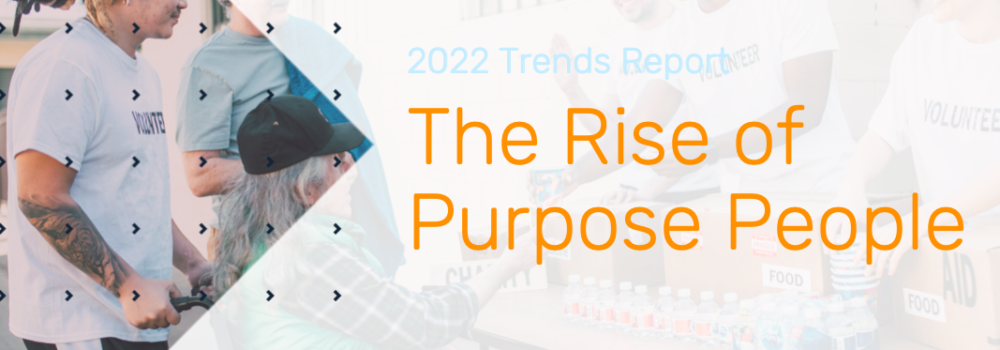Time to Get More Comfortable with Restricted Giving
When we talk about überchoosing, no, we are not talking about choosing Uber to come pick you up. Although, ironically, having the choice to use Uber over a cab, train, bus or other mode of transportation has helped shape the trend of überchoosing. From cars to handbags, shoes to computers, as consumers we love to customize our lives through choice; to personalize for our specific needs and affinities. Well that need to choose, to personalize, is now spilling over into the nonprofit sector.
So what is überchoosing? Simply put it is allowing the donor to decide exactly where his or her money goes. Rooted in the boom of handheld technology, the rise of social media, and juxtapositioned against the popularity of B-corporations and their 1:1 model, donors no longer want to give to some obtuse “fund” that generally helps a cause. They want to choose exactly what their money funds so they know specifically how it impacted or improved the cause.
In our nonprofit world we call it restricted giving and we generally don’t like that. We want the freedom to use donor funds the way we know, as executives of that nonprofit, the funds need to be used for the most good.
But donor intent has become donor demand. And the nonprofits that are winning are those that allow their donors to choose.
Every nonprofit uses their donations to fund programs and initiatives. So consider opening up some of those programs/initiatives and test überchoosing by allowing donors to fund specific things in those programs. Think not just funding cancer care, but instead things like support programs, music therapy, the latest piece of life-saving equipment, charitable care, free mammograms, community education programs, or a promising research initiative. Offer rich and robust choices (and content that defines each choice) on your websites, through your events, in your owned outreach vehicles, and through your mobile enabled platforms. Allow your online givers, P2P participants, corporate partner employees, and others to choose exactly where their money goes.
It may not be pertinent to do this for all of the ways your nonprofit is funded but dabble in it, test it out where it makes sense, and then measure the response of donors. You might just be surprised at the engagement levels.
It’s called überchoosing and it’s here to stay.
To read more on überchoosing, check out the 2017 Catalist Corporate Partnership Trend Report.









Leave a Comments